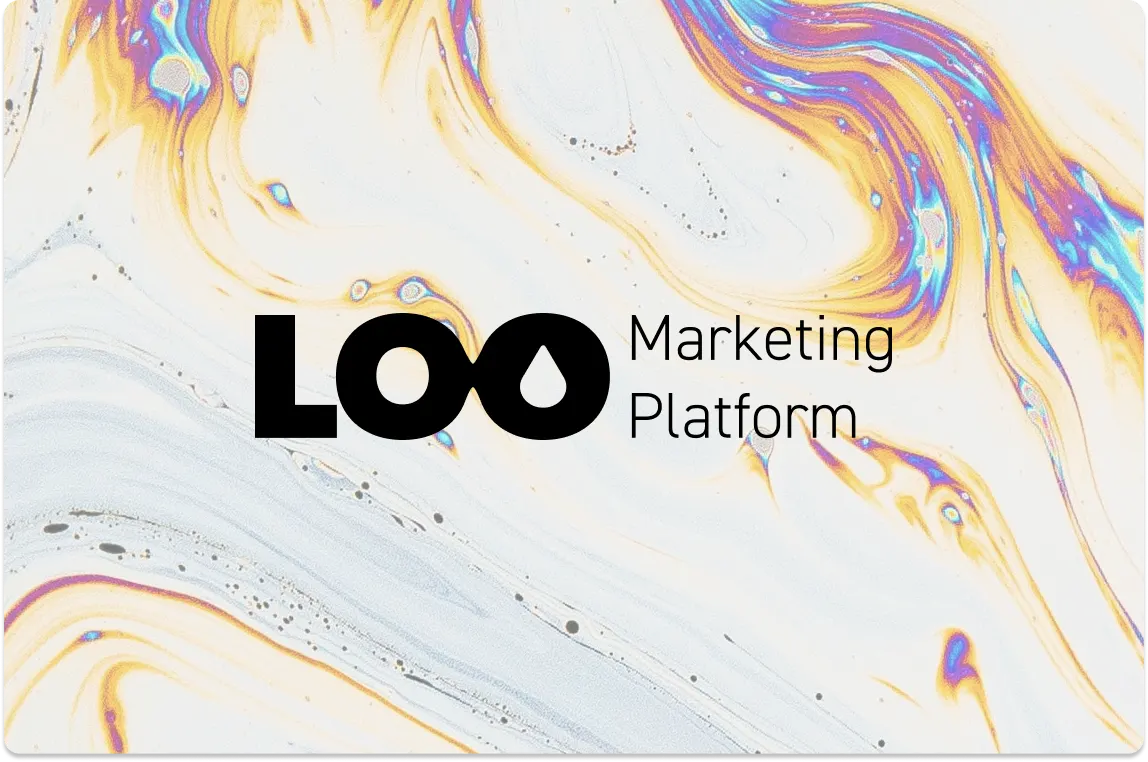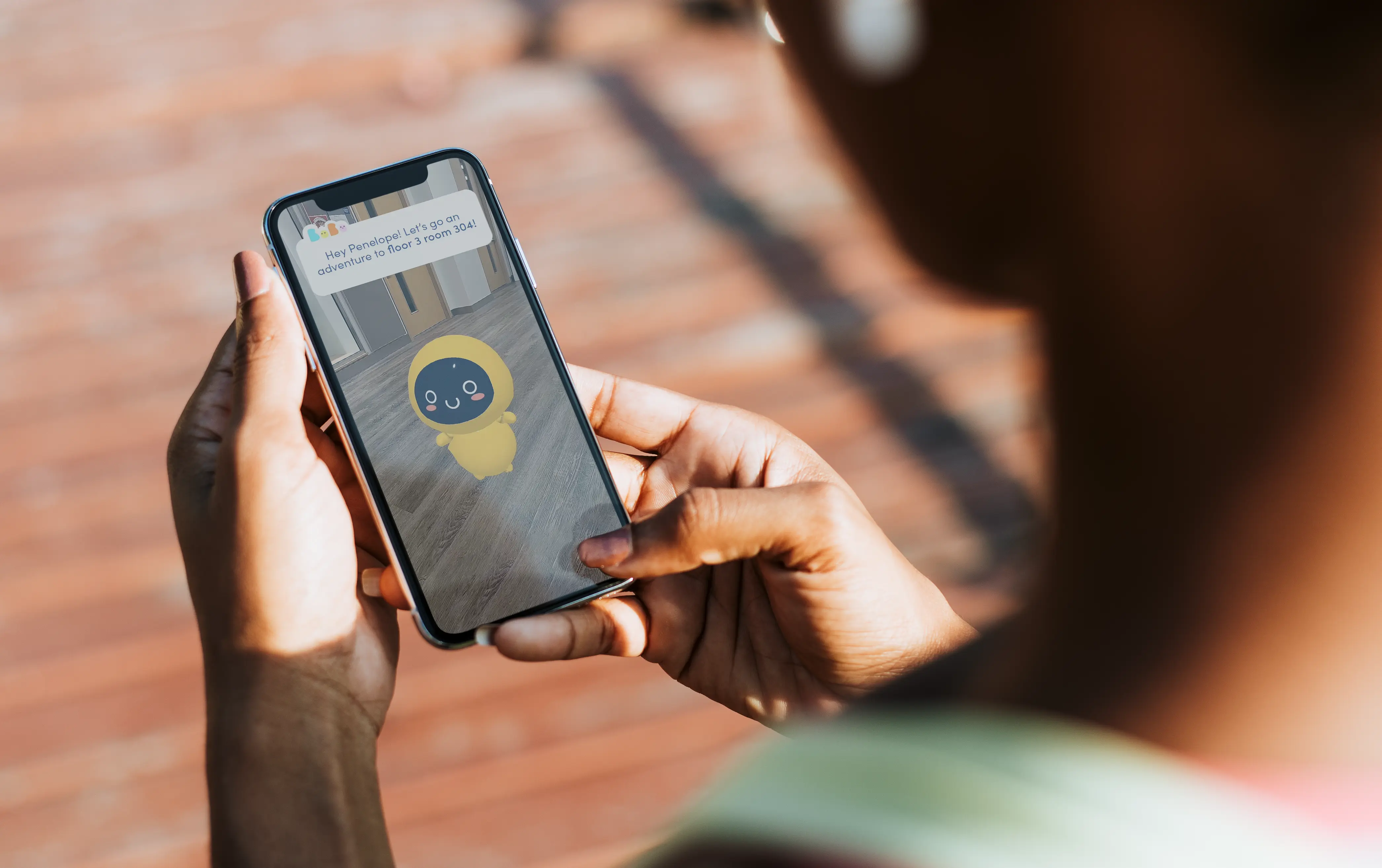A vision of the future of washrooms, imagining public washrooms as an immersive platform for advertising
- Development of the VR experience in the 2nd iteration
- Branding and UI/UX design assets
- Managed timeline ot project and tasked roles in our team of 5
- Conducted brainstorming and research and collaborator sessions
- Create a VR experience that informs and highlights problems with Toronto public washrooms
- Find the appropriate tools to deliver our concept
- Provide users an early preview of the concept in active development
- Using Unity and integrating it into the Oculus pro for the first time
- Appeal to users who never tried VR before without alienating them
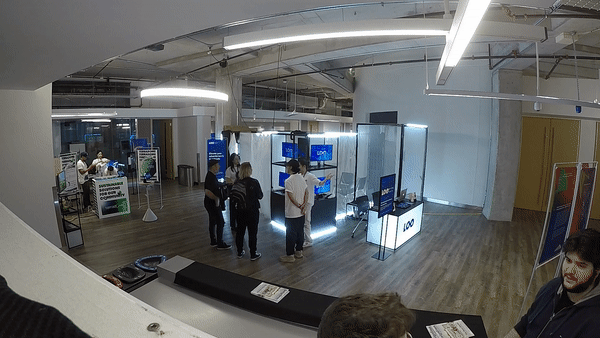
Results
- Around 65% of all 38 survey respondents found that the VR experience was easy to follow visually and auditory
- User feedback on improvements: Found the volume to be too quiet in a loud room, wanted more visual guidance moving to each step
- Created seamless step by step VR experience that aligned with the concept chosen with no technical issues
Gathering Insights of Toronto Public Washrooms
We gathered information on the history of Toronto's public washrooms, analyzing past and current articles to understand how they have evolved over time and why they are in their current state. Based on this research, we developed potential scenarios for the future. We have drawn a few trends and notable timeframes:
- Toronto has made the public reliant on businesses providing washrooms instead of installing more public washrooms around the city
- Toronto has a history of cancelling the installation of public washrooms due to cost cutting measures
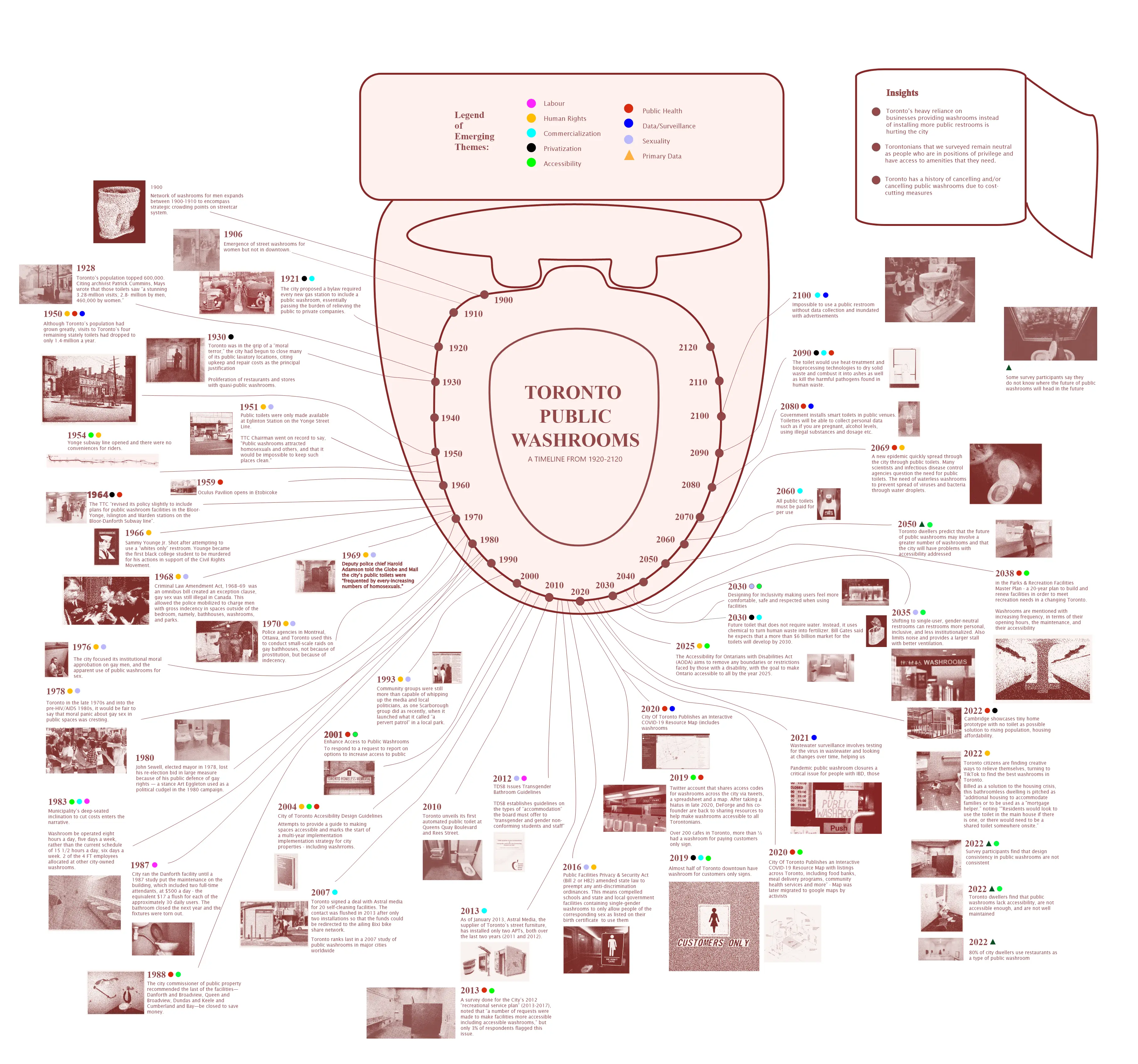
Choosing the thesis concept
To determine the focus of our project on Toronto public washrooms, I brought each team member’s focus on a specific problem of TPW by conducting an exploration of the themes from our research findings into questions (4 W’s). From there we clustered notes into problems we wanted to tackle.
We created three distinct proof of concepts, which I filmed and edited:
- Washroom usage is timed before washroom become transparent to the city streets
- Washrooms with immersive ads that subsidizes private washrooms to become public
- Contactless smart card payment to access washrooms similar to Presto
Creating proof of concept: iteration #1
We chose the concept where washrooms with immersive ads that subsidizes private washrooms to become public. We started experimenting with different equipment and applications that is feasible for a prototype such as:
Tools did work:
- Polycam and Luma AI to capture and reconstruct real-world objects and scenes into our 3D assets.
- SparkAr to demonstrate prototype on a smaller and accessible scale but it was limited to only an AR experience, so it was not fully immersive
- Oculus Quest Pro to demonstrate prototype on a smaller and accessible scale but it was limited to only an AR experience, so it was not fully immersive
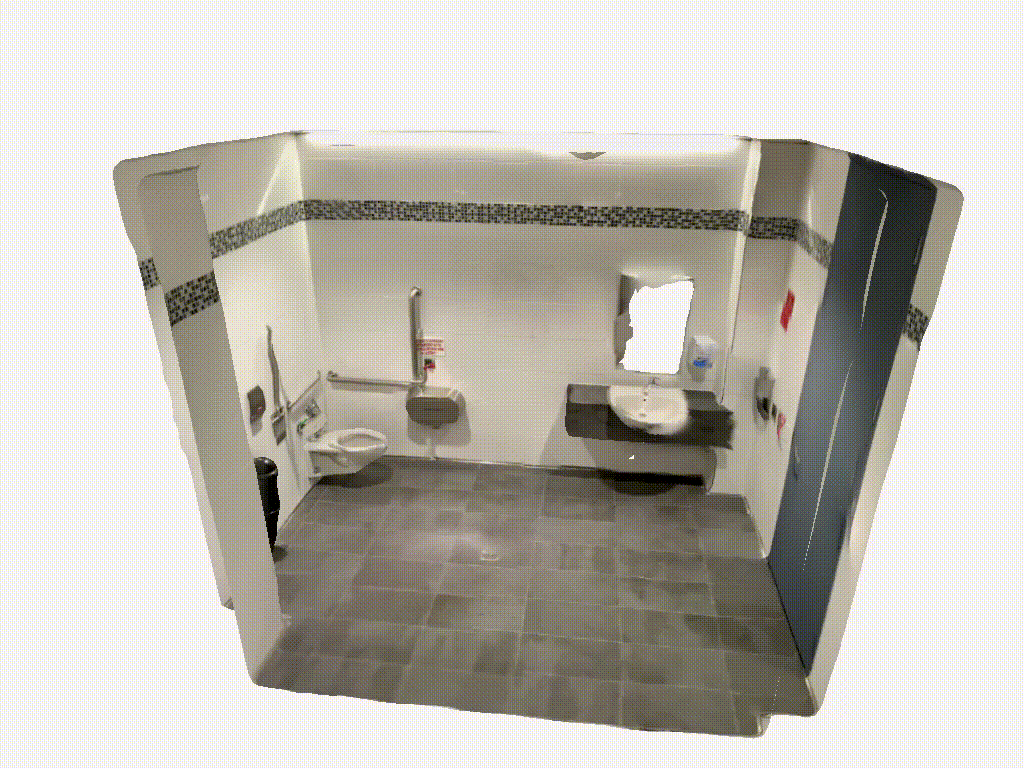
Tools that did not work:
- Tobii glasses eyetracker to track ads with eye movements but it was an older model that had technical difficulties pairing with Unity
- Rift S headset to create an immersive washroom environment for ads to follow the headset but it was outdated tech that was too laggy and had screen drag causing quick motion sickness
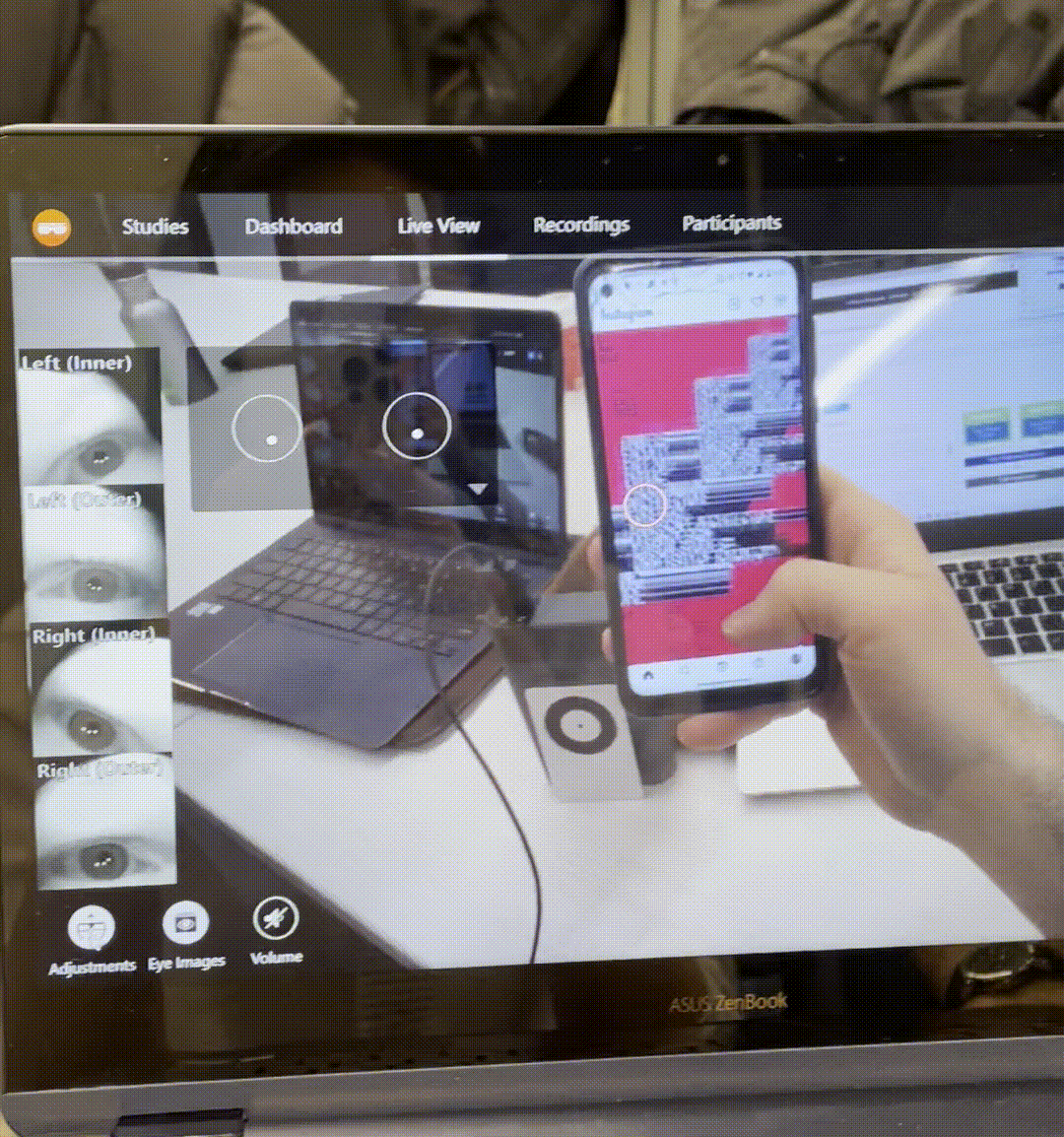
Prototype #1 Using Unity
My teammate built the first prototype in unity where the ads tracked with the headset so when you move the ad would follow you.
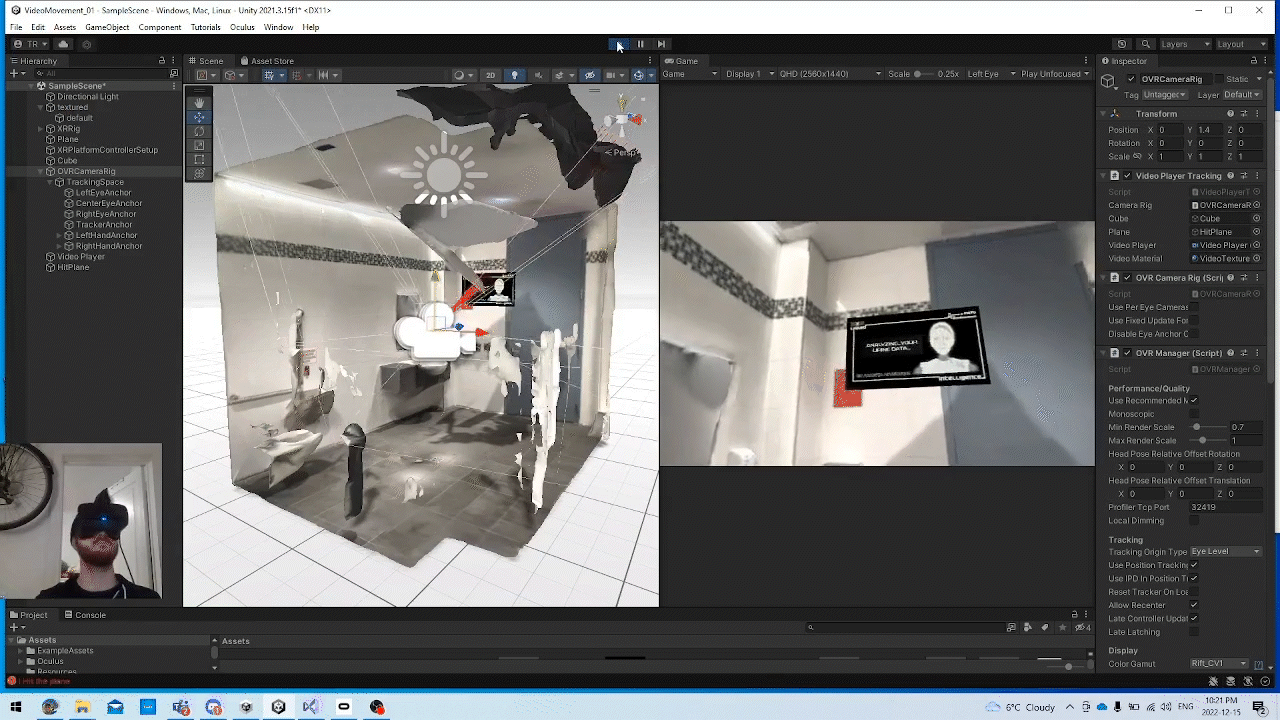
Showcasing our first prototype after 3 months
We presented our first iteration of our thesis project to our classmates and other professors who came into to try out the experience. We recieved positive feedback on the equipment we chose to host our project on but we required more of a story to connect the user to understanding out concept better.
Identified Issues
- Require more of a story to connect the user to the context and message
- Context is slightly confusing and too short of a narrative with no interactions
Creating proof of concept: iteration #2
We moved from a cyberpunk dystopia theme, that feels current, clean and corporate. We decided to mimic modern branding that feels grounded in the present than a far reaching future concept.
Narrowing scope of work by defining our MVP
- Must display that the washroom collects biodata
- Show targetted tiered ads based on biodata collected at the most opportune moments.
- Instructional audio and text of each step of the washroom experience and how Loo works
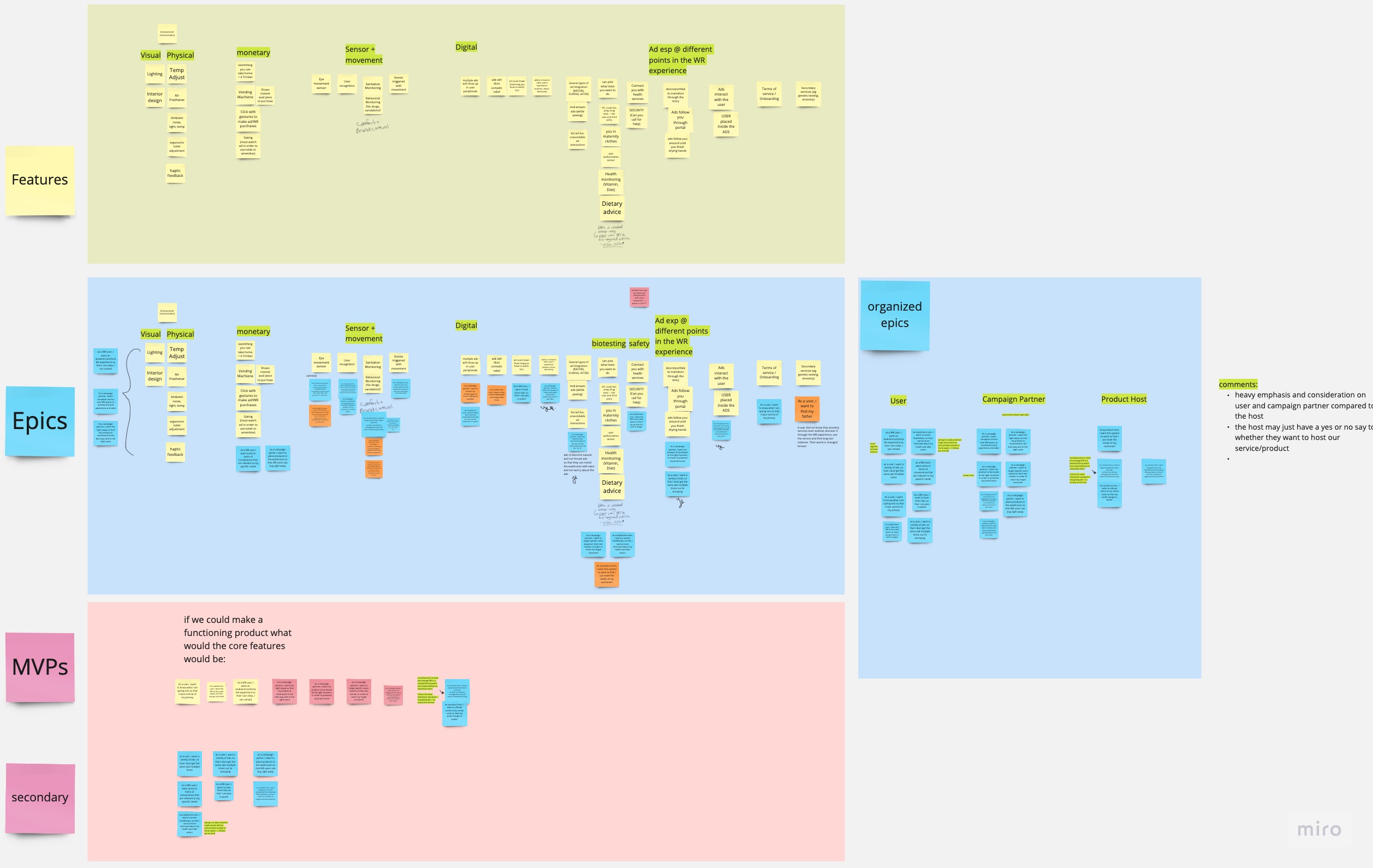
Understanding our system inside out
Once we identified the key features for our second prototype, we created a systems map to better structure our narrative and user experience flow. During our showcase, we were not surprised by people asking questions we could easily answer with this systems map.
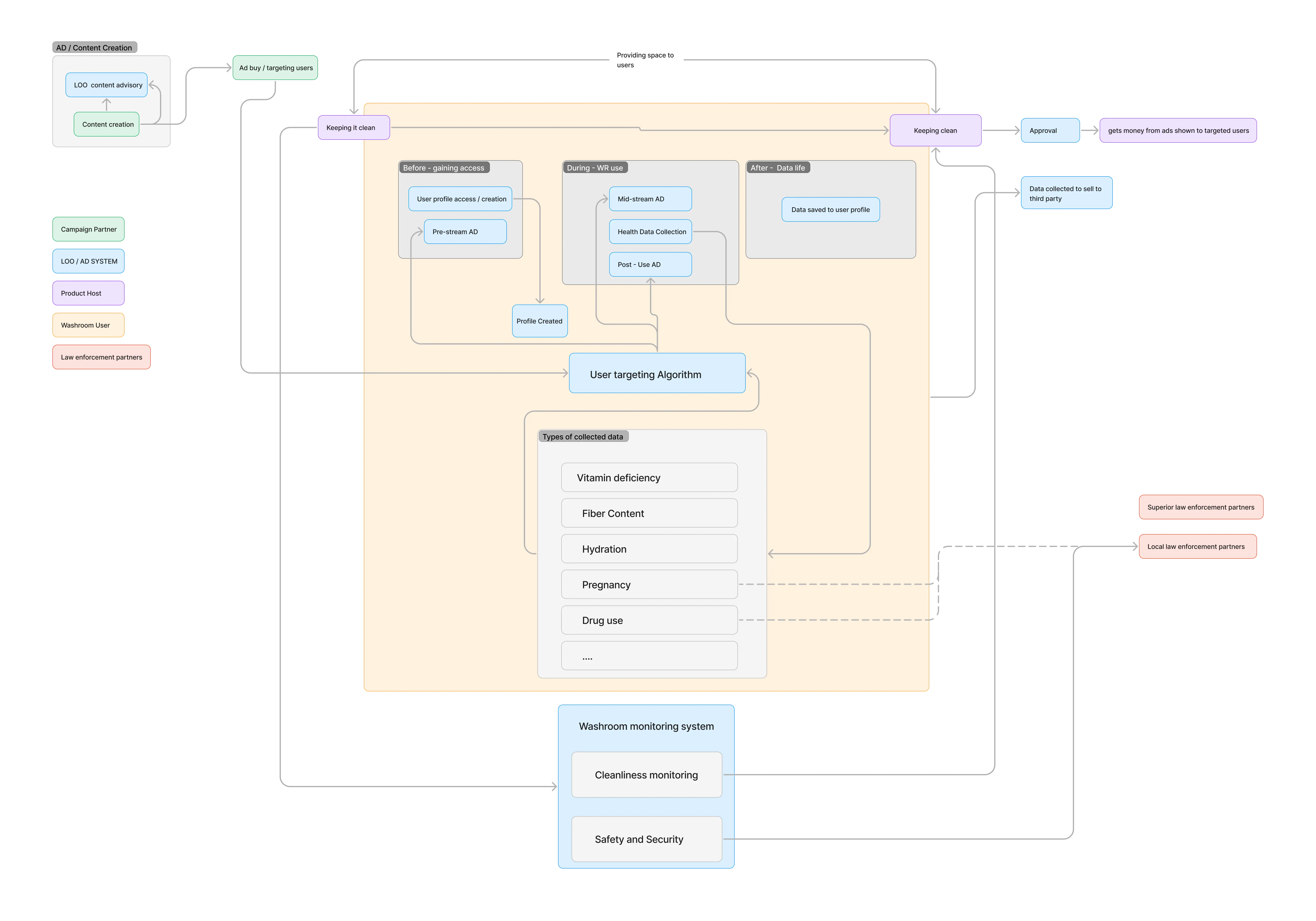
Building the experience within Unity was challenging
After we did a group huddle to ideate what UI assets are required for this experience. I took the lead in building it which led to working closely with my teammate working on the UI elements and other 2 teamates to understand the steps of the VR experience with Unity technicality. I also worked with professors to work on the code and any technical issues.
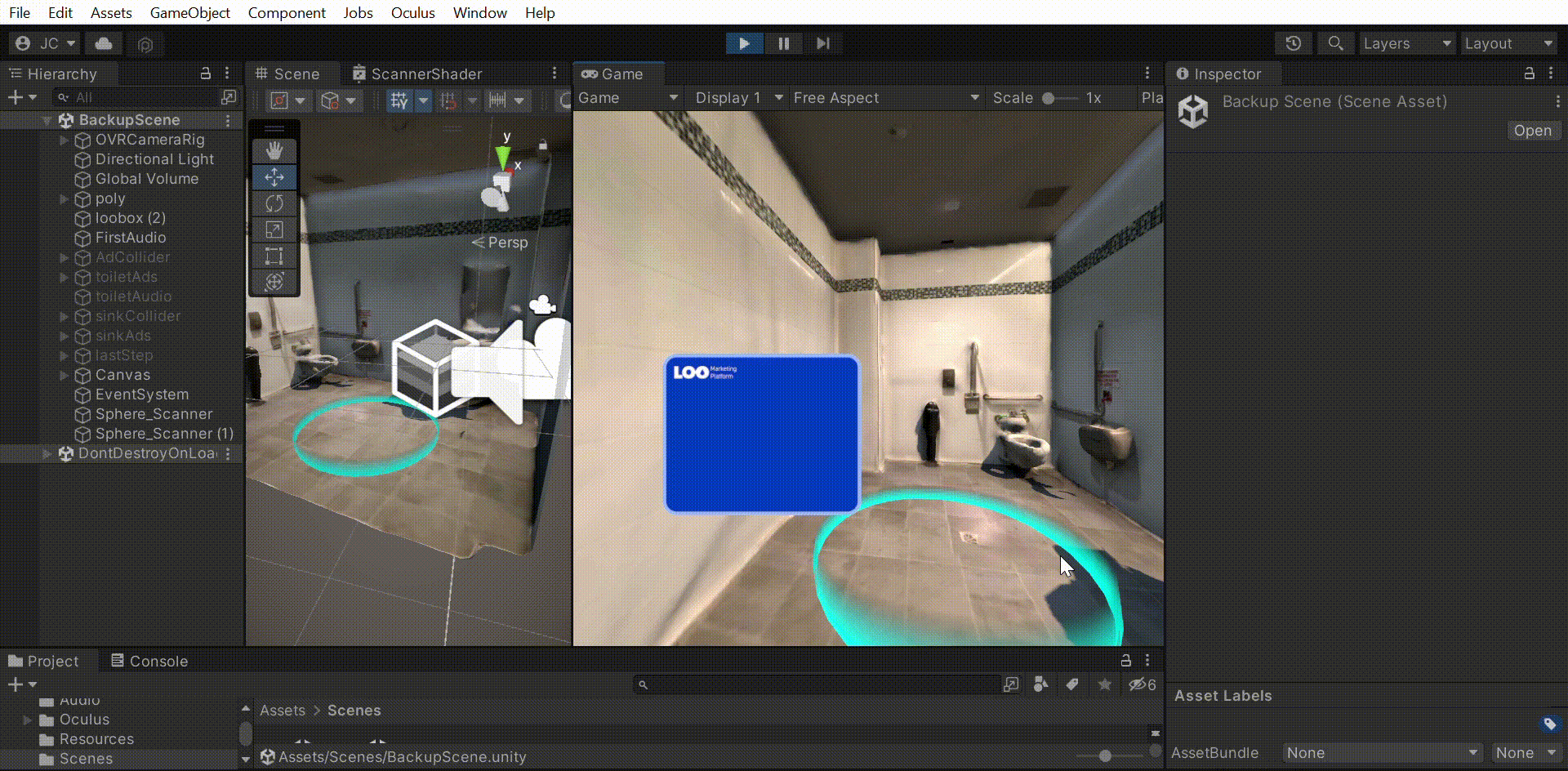
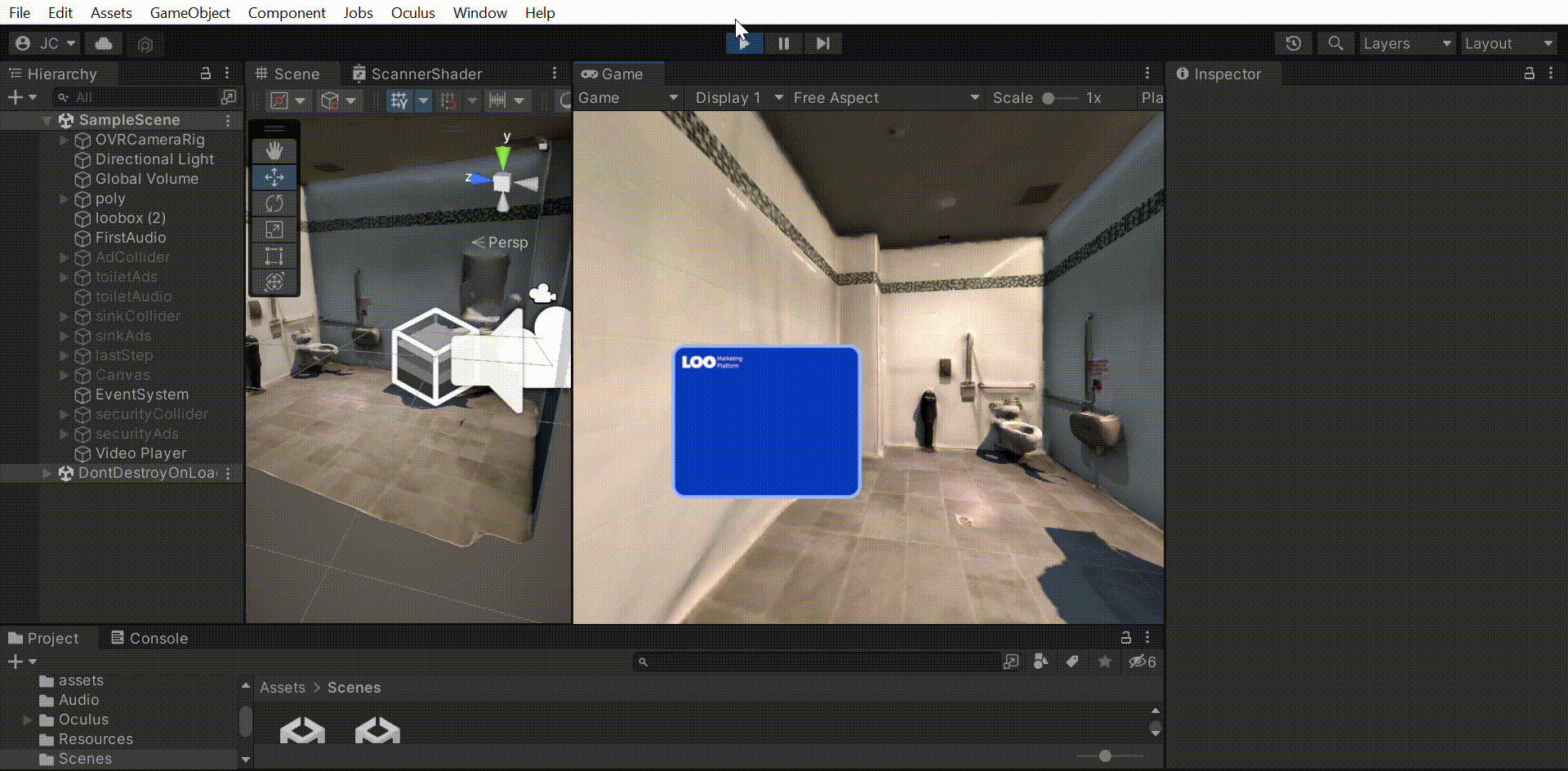
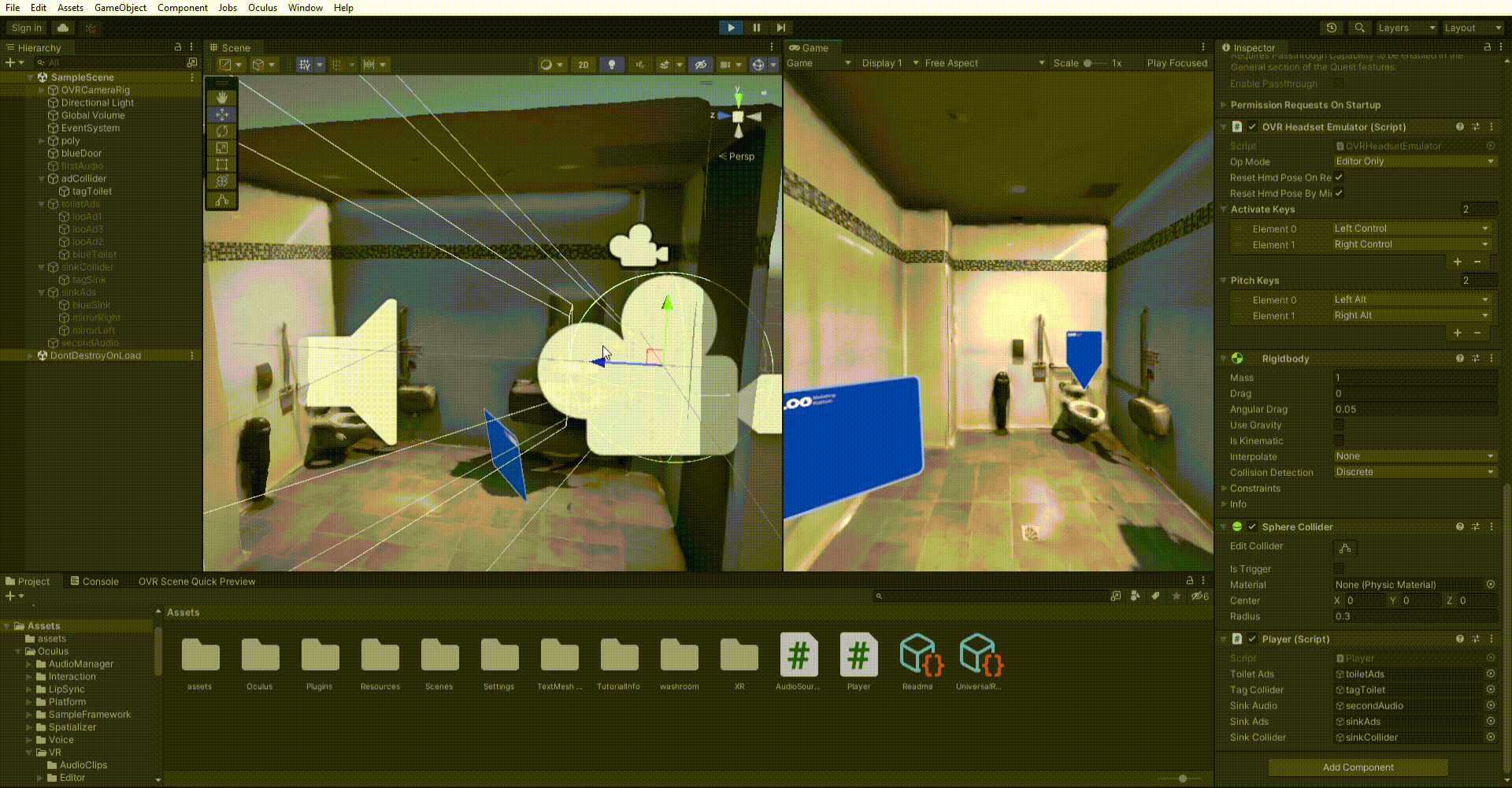
Year End Show (YES!) 2023
Showcasing our second project to prospective industry leaders and fellow peers. Using existing modular furniture, we created a booth that was inviting and engaging for users to try out our experience.
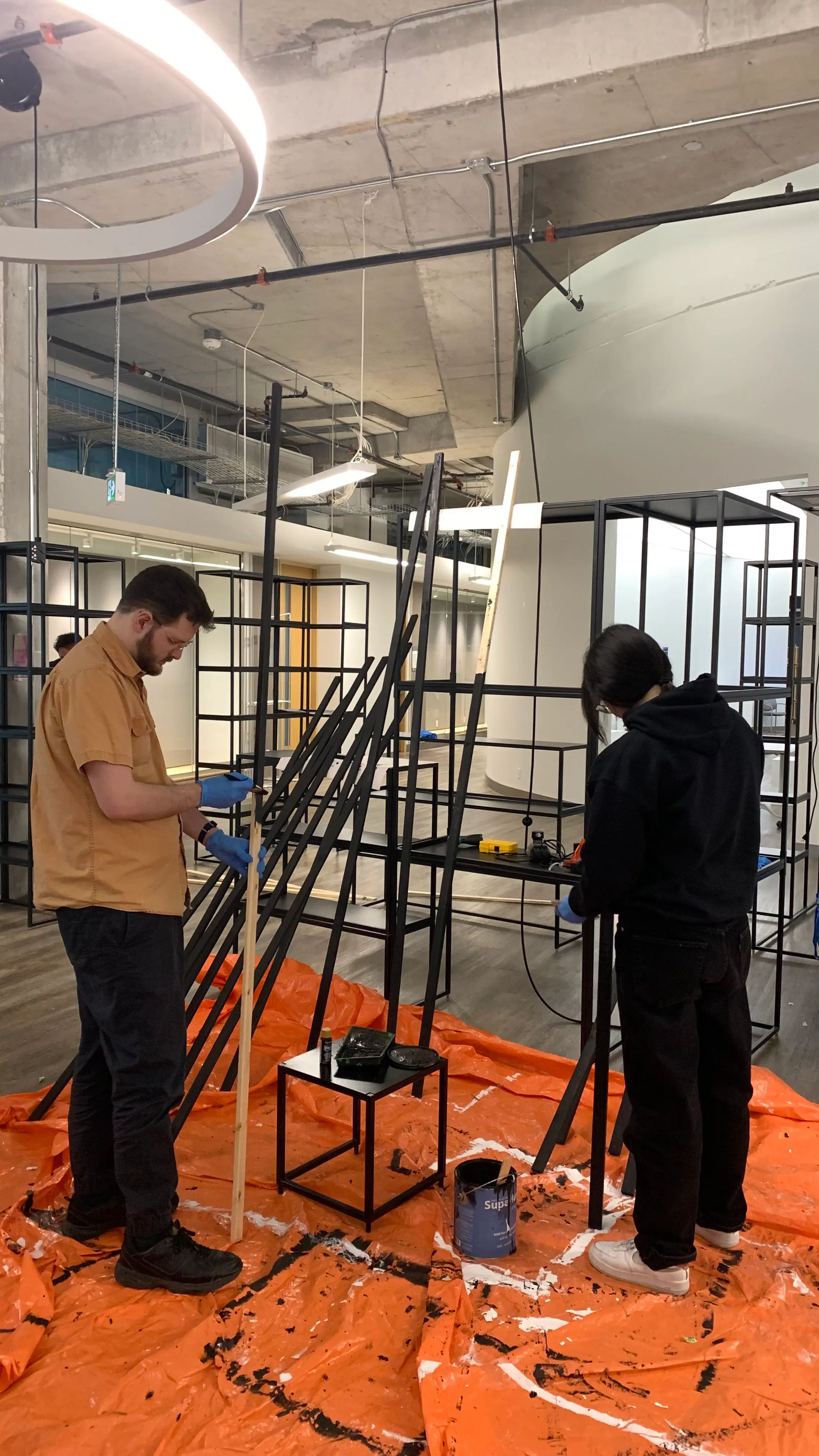
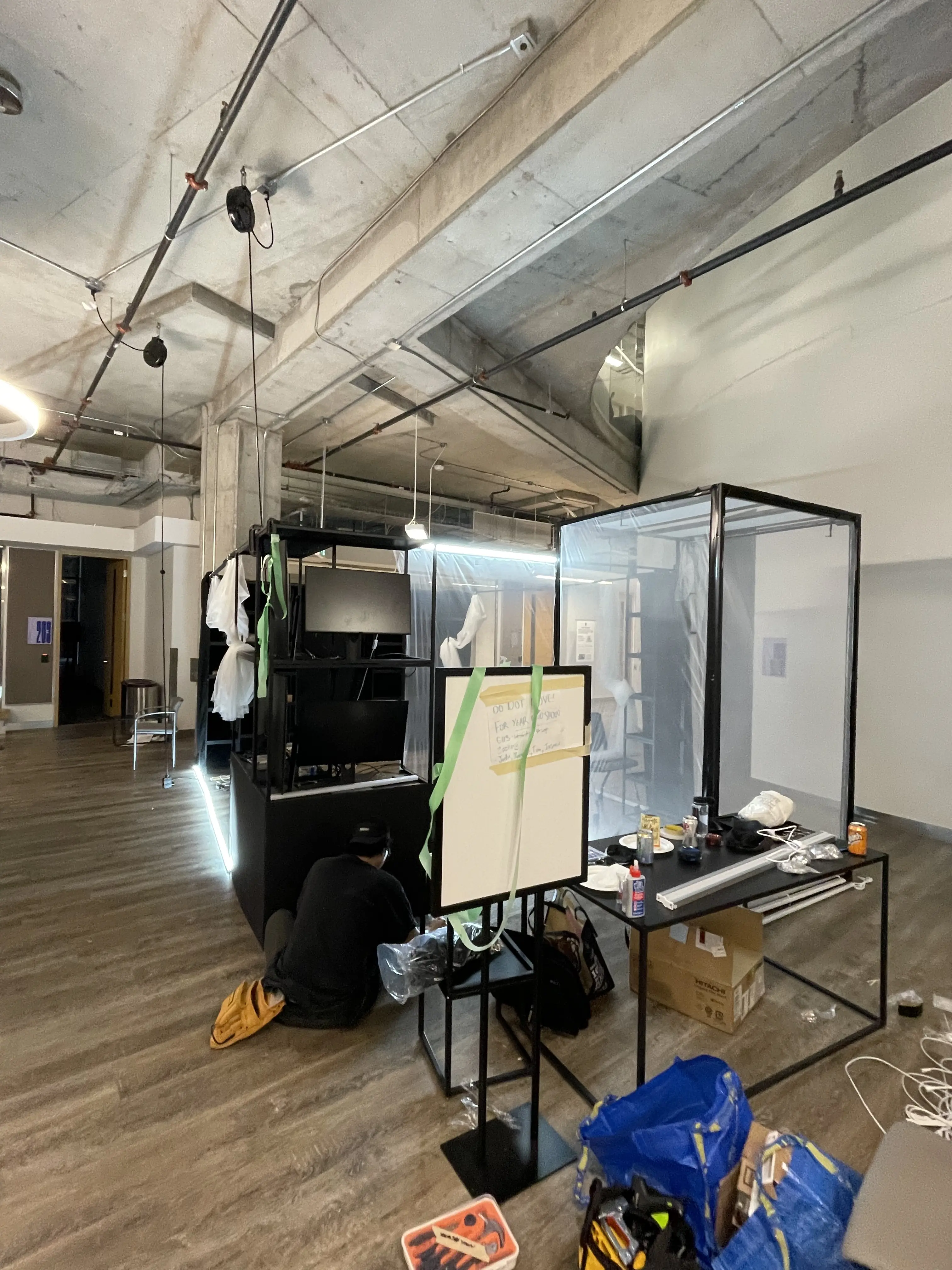
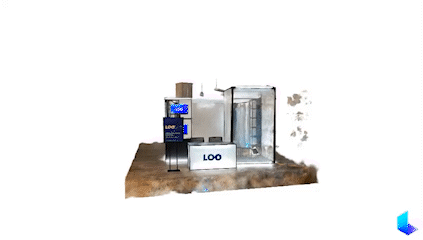
Reflecting on the project outcome and areas of improvement
A lot of prior research into understanding the reason why public washrooms are the way they are today in Toronto. From this, we were able to map out trends and project into the future. With this we accomplished working together to build a system, create a UI/UX kit, use design thinking methodology to consolidate our ideas, and build a functional prototype for anyone to experience.
Some key takeaways from this project are:
- Being a project manager and a team member working on various steps of the process was challenging and rewarding. There were times when we needed more time on different phases, but we quickly bounced back and adapted to the timeline by changing priorities around. We made sure not to be overly ambitious with our prototype, while still delivering an impactful experience.
- Creating a prototype in Unity was a significant accomplishment as a UX designer. Developing the prototype in Unity also allowed me to work closely with developers to better understand the technical constraints and possibilities of the platform. These skills have equipped me to design more effective and engaging experiences in the future.
